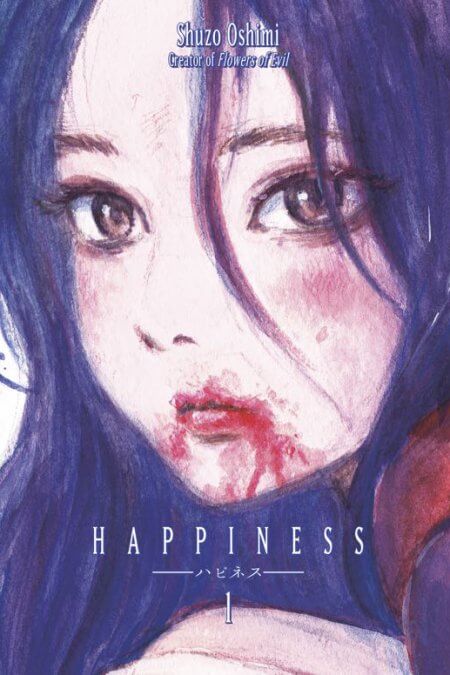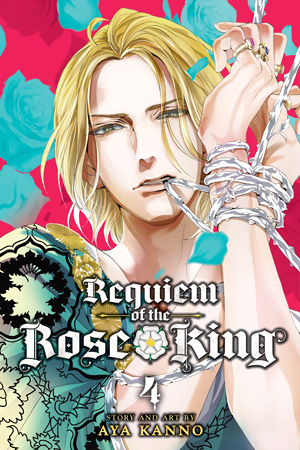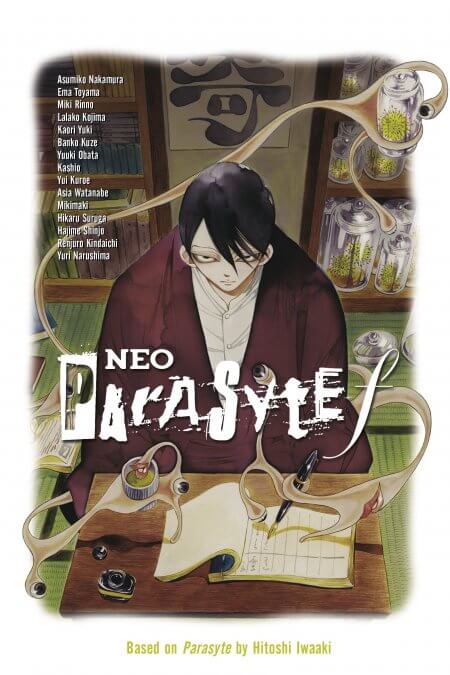My News and Reviews With American Thanksgiving, traveling, and visiting family, last week was once again a quiet one at Experiments in Manga. However, I am at least still reliably posting the My …
Continue Reading about My Week in Manga: November 21-November 27, 2016 →




